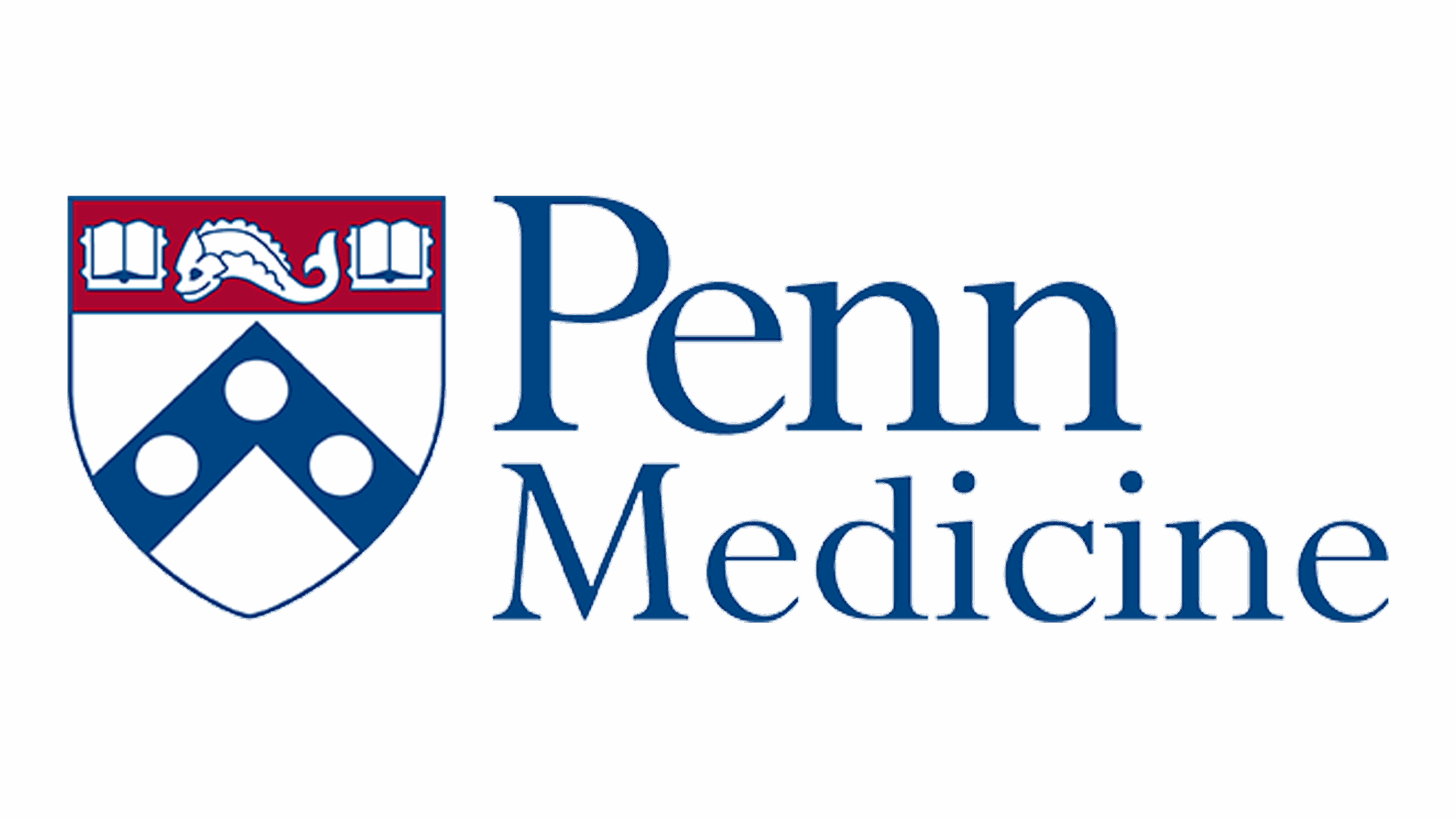Healthcare has always been one of the most critical pillars of society, and in the modern era, few names command as much respect as Penn Medicine. Known not only for its excellence in patient care but also for groundbreaking research, world-class education, and deep community engagement, Penn Medicine stands as a leader in shaping the future of healthcare.
In a world where medical innovation and patient needs evolve rapidly, institutions that combine trust, innovation, and compassion are more important than ever. Penn Medicine has built its reputation on these very values. Whether you are a patient seeking advanced care, a medical student aiming for top-tier education, or simply someone interested in how leading health systems operate, Penn Medicine offers lessons and inspiration on all fronts.
In this comprehensive guide, we will explore:
- The legacy and history of Penn Medicine.
- Its hospitals, specialty centers, and facilities.
- How patient care is evolving through innovation.
- Breakthrough research that has changed global medicine.
- The role of education and training at the Perelman School of Medicine.
- Community engagement and public health initiatives.
- How technology is transforming patient experiences.
- Comparisons with other leading health systems.
- What is in store for Penn Medicine in 2025 and the years to come.
By the end, you’ll gain not only a deeper understanding of Penn Medicine’s role in healthcare but also an appreciation for its impact on millions of lives worldwide.
The Legacy of Penn Medicine: A Brief History
Stretching back more than two centuries, it has served not only as a medical provider but as a shaper of national healthcare traditions.
The journey began with the creation of the University of Pennsylvania’s medical school in 1765, which would later be named the Perelman School of Medicine. At a time when the nation itself was still forming, this institution became the first organized program in the United States devoted to training physicians. What distinguished it early on was its commitment to pairing rigorous science with hands-on clinical experience, a model that remains the foundation of medical education today.
Even earlier, Penn’s influence could be seen in the development of Pennsylvania Hospital, opened in the mid-18th century through the efforts of Benjamin Franklin and physician Thomas Bond. Far more than just a building, it represented a turning point: for the first time, communities in America had a dedicated institution for the treatment of illness, care for the poor, and training of practitioners.
Since then, Penn Medicine has accumulated a reputation for driving landmark transformations in medicine. For example:
- By the middle of the 20th century, Penn surgeons were pushing the boundaries of cardiac surgery, helping establish open-heart procedures as a reliable treatment.
- In later decades, its transplant programs offered new hope for patients whose conditions had once been untreatable.
- Entering the 21st century, Penn’s leadership in genetic medicine and immunotherapy introduced therapies that redefined cancer care worldwide.
- Most recently, its contributions to the development of mRNA-based vaccines demonstrated Penn’s ability to influence healthcare on a global scale.

Rather than being remembered solely for its longevity, Penn Medicine is recognized for its continuous reinvention—adapting to the challenges of each era while maintaining an unwavering commitment to advancing human health.
Penn Medicine’s Network of Hospitals and Facilities
What started as a single hospital has evolved into a multi-state health system that unites clinical excellence with advanced research. Today, Penn Medicine operates a wide network of hospitals, specialty centers, and community health programs, each serving unique roles while sharing the same mission of delivering world-class care.
Key Hospitals
- Hospital of the University of Pennsylvania (HUP): The flagship facility, consistently ranked among America’s top hospitals, noted for specialties ranging from oncology to cardiology.
- Penn Presbyterian Medical Center: Distinguished for its heart programs and trauma services, often receiving the region’s most complex emergency cases.
- Pennsylvania Hospital: The nation’s original hospital, now specializing in women’s health, orthopedics, and mental health services.
- Chester County Hospital: A community-focused institution providing advanced maternity, orthopedic, and heart care.
- Lancaster General Health: Extends Penn’s expertise to central Pennsylvania with a comprehensive range of regional services.
- Penn Medicine Princeton Health: Located in New Jersey, broadening the system’s reach beyond Pennsylvania with strong cancer and cardiac care programs.
Centers of Excellence
- Abramson Cancer Center – internationally recognized for breakthroughs in oncology.
- Heart and Vascular Center – a leader in advanced cardiovascular treatment.
- Penn Neuroscience Center – focused on neurology and neurosurgery.
- Penn Orthopedics – specializing in sports medicine and joint replacement.
Beyond the Hospitals
Penn Medicine also has a big network of clinics where patients can get care outside of the hospital, either near their home or from a distance through telehealth. This way, people can keep getting the same level of care as they move from routine check-ups to regular doctor visits and more specific treatments, all while staying within the Penn Medicine system.
Blending Clinical Care with Education
Perhaps what sets Penn apart is the symbiosis between its hospitals and the Perelman School of Medicine. The health system serves as a living classroom where tomorrow’s physicians train under today’s experts, while patients benefit from treatments shaped by the most recent scientific discoveries.
Education and Training: Shaping the Next Generation of Physicians
At the center of Penn Medicine’s identity is its role as an educator of future healthcare leaders. The Perelman School of Medicine, as the oldest medical school in the nation, carries a reputation not just for its age but for the depth and quality of its training.
What makes Penn’s educational approach unique is its ability to integrate classroom knowledge with real-world clinical exposure. Students are introduced to patient care early in their training, allowing them to develop bedside manner, decision-making skills, and empathy alongside scientific knowledge. This model produces graduates who are not only technically skilled but also holistically prepared to handle the complexities of modern healthcare.
Residency and Fellowship Programs
After completing undergraduate medical training, Penn provides a wide range of residency and fellowship programs in almost every medical speciality. Residents get to work in some of the country’s top-ranked hospitals, where they gain experience with both common and very complex medical cases. This exposure ensures that graduates of Penn’s programs are ready to step into leadership roles anywhere in the world.
Commitment to Research in Education
Unlike many institutions, Penn doesn’t separate education from discovery. Medical students and residents often participate in cutting-edge research projects, from cancer therapies to neuroscience. This tight integration ensures that learners see firsthand how laboratory breakthroughs move into patient care, fostering an innovative mindset that stays with them throughout their careers.

Global Impact
Penn graduates have gone on to become leaders in medicine, policy, and research across the globe. The school’s emphasis on developing not just doctors but problem solvers and innovators continues to influence the future of healthcare on an international scale.
Penn Medicine and Community Engagement
While Penn is recognized for its world-class hospitals and research, it also devotes significant effort to serving the communities around it. Philadelphia and surrounding regions face a wide range of healthcare challenges—from chronic disease to health inequities—and Penn has positioned itself as a partner in addressing them.
Outreach and Support Programs
Free clinics, mobile health services, and health education initiatives are designed to bridge the gap for individuals who might otherwise struggle to access care.
Public Health and Awareness
The system also runs campaigns focused on prevention and wellness, from heart health screenings to cancer awareness events. These initiatives emphasize that healthcare is not just about treatment but about empowering people with knowledge to protect their own health.
Diversity, Equity, and Inclusion
Penn Medicine has made equity in healthcare a priority. Efforts include recruiting a more diverse workforce, tailoring care to meet cultural needs, and investing in research that addresses disparities in health outcomes. By focusing on inclusion, Penn strengthens trust between providers and the communities they serve.
Partnerships Beyond the Hospital
The institution partners with schools, nonprofit organizations, and local agencies to expand its reach. Whether it’s bringing mental health resources into underserved neighborhoods or sponsoring nutrition and fitness programs, Penn’s engagement reflects a commitment to building healthier communities, not just healthier patients.
Cutting-Edge Technology: Where Innovation Meets Care
Penn Medicine’s reputation as a pioneer is not only rooted in history—it’s continuously reinforced through its embrace of modern technology. In today’s healthcare landscape, where precision and personalization matter more than ever, Penn stands out for the way it uses innovation to enhance outcomes.
Digital Health and Telemedicine
Even before the COVID-19 pandemic accelerated the shift to virtual care, Penn was already investing heavily in telehealth platforms. Patients across Pennsylvania, New Jersey, and beyond now have access to Penn specialists without needing to travel long distances. These digital solutions reduce barriers, making advanced healthcare accessible to those who may face geographic or mobility challenges.
Artificial Intelligence and Data Science
From predicting patient risks to supporting radiologists in identifying subtle patterns on scans, AI tools are helping clinicians make faster, more accurate decisions. What sets Penn apart is its ability to pair technology with the human touch, ensuring that data-driven insights never overshadow the empathy of care.
Robotic Surgery and Advanced Imaging
In the operating room, Penn has been an early adopter of robotic-assisted surgery. These systems allow surgeons to perform highly complex procedures with minimal invasiveness, reducing recovery times and improving precision. Alongside this, Penn’s use of advanced imaging technology gives clinicians sharper tools for diagnosis, particularly in fields like cardiology, neurology, and oncology.
Genomics and Personalized Medicine
Perhaps one of the most exciting areas is Penn’s leadership in genomic medicine. By analyzing a patient’s genetic profile, Penn physicians can tailor treatments that match individual biology—transforming one-size-fits-all care into personalized treatment plans. This approach has been especially powerful in cancer care, where Penn’s breakthroughs in immunotherapy have given patients new hope.
Penn Medicine vs. Other Leading Health Systems: A Comparative View
In a nation filled with prestigious medical institutions—such as Mayo Clinic, Cleveland Clinic, and Johns Hopkins—Penn Medicine continues to hold its own as a leader. But what exactly makes it distinctive when compared to its peers?
Historical Depth Meets Modern Excellence
While many institutions boast strong programs, Penn’s unique blend of legacy and innovation gives it a rare edge. Few can claim to have shaped American medicine from its earliest days while simultaneously leading in emerging fields like gene therapy and digital health.
Integration of Education, Research, and Care
Other health systems often excel in one area—be it patient care, research, or education. Penn, however, integrates all three seamlessly. Students are trained in hospitals that are also driving world-first breakthroughs, and patients receive care informed by the latest discoveries in real time.
Geographic Reach and Community Ties
Unlike some institutions that are heavily centralized, Penn’s network stretches across multiple regions, offering both community-based care and quaternary-level services under the same umbrella.
Comparative Rankings and Recognition
Penn Medicine consistently appears near the top in U.S. News & World Report rankings, particularly in specialties like cardiology, oncology, neurology, and orthopedics. While Mayo and Cleveland often dominate headlines, Penn’s consistent recognition across a broad range of specialties highlights its balanced excellence.
Global Contributions
What also differentiates Penn is its ability to contribute not only to U.S. healthcare but also to global medical progress. Its role in advancing mRNA vaccine technology during the COVID-19 pandemic is a testament to how its discoveries can impact billions worldwide—something few institutions can claim at the same scale.
Patient Experience at Penn Medicine: Compassion Meets Excellence
At the heart of Penn Medicine’s identity is a simple but powerful principle: patients come first. While technology, research, and history shape the institution’s reputation, it’s the everyday experiences of patients and families that truly define its impact.
Personalized and Compassionate Care
Penn’s physicians, nurses, and staff are trained not just to treat diseases but to care for the person behind the diagnosis. Whether it’s a cancer patient starting immunotherapy, a heart patient preparing for surgery, or a new mother delivering her child, Penn emphasizes empathy, listening, and trust as much as clinical precision.

Support Beyond the Clinic
Penn Medicine recognizes that health challenges don’t end when a patient leaves the hospital. That’s why it offers extensive support programs—from nutrition counseling and mental health services to survivorship clinics for patients who have completed cancer treatment. This holistic approach ensures that recovery is not just physical but emotional and social as well.
Patient-Centered Design
The design of Penn’s hospitals and facilities reflects its commitment to comfort. Spacious patient rooms, quiet healing environments, and family-centered amenities reduce stress and promote healing. In addition, Penn’s digital tools, like patient portals and telehealth platforms, allow individuals to stay connected with their providers, making healthcare more accessible and less intimidating.
Recognition from Patients Themselves
Awards and rankings are one thing, but perhaps the most telling measure is patient feedback. Surveys consistently highlight Penn’s ability to deliver clear communication, timely care, and respectful treatment, reinforcing the trust that has made it a healthcare leader.
The Future of Penn Medicine: What’s Next?
While Penn Medicine’s past and present are impressive, its real strength lies in its ability to anticipate the future of healthcare. The institution isn’t satisfied with today’s achievements—it’s actively shaping what medicine will look like tomorrow.
Expansion of Precision Medicine
As genetic research advances, Penn is poised to expand its leadership in precision medicine. Future treatments will likely be even more individualized, with therapies designed not only around genetics but also around lifestyle, environment, and digital health data.
AI and Predictive Analytics
Artificial intelligence will play an even larger role in Penn’s operations. Predictive analytics could help prevent diseases before they manifest, flag high-risk patients earlier, and optimize treatment plans for better outcomes. Penn is already laying the groundwork for this kind of proactive care.

Global Collaborations
With its track record of contributing to worldwide health breakthroughs, Penn is expected to deepen its international partnerships. These collaborations could address global challenges like pandemic preparedness, chronic disease management, and health equity.
Sustainability and Green Healthcare
Healthcare is also about the planet’s well-being. Penn Medicine has begun to incorporate sustainability initiatives, from eco-friendly hospital design to waste reduction programs. The next decade will likely see Penn become a leader in sustainable healthcare systems.
Empowering the Next Generation
Through the Perelman School of Medicine, Penn will continue to shape future healthcare leaders. By combining rigorous training with real-world exposure to innovation, Penn is ensuring that the doctors of tomorrow are not only skilled but also visionary.
Community Impact and Public Health at Penn Medicine
Penn Medicine’s influence stretches far beyond its hospitals and research labs. As one of the largest healthcare systems in the region, it plays a critical role in public health initiatives, community wellness, and health equity efforts.
From free health screenings in underserved neighborhoods to mobile clinics that bring care directly to vulnerable populations, Penn actively works to reduce healthcare disparities. Programs focused on chronic disease prevention, maternal health, and mental wellness demonstrate that Penn sees healthcare as a collective responsibility—not just an individual one.
Partnerships with schools, nonprofits, and local governments further amplify its reach, ensuring that knowledge, resources, and support extend into the everyday lives of the communities it serves.
Why Penn Medicine Matters Today and Tomorrow
Penn Medicine is more than a health system. It’s a living legacy of innovation, compassion, and leadership in American medicine. From pioneering medical education in the 18th century to leading the fight against modern diseases, it has continually set the bar for what healthcare can and should be.
Its network of hospitals ensures access to world-class care; its research continues to redefine what’s possible in treatment; its patient-first approach makes healing personal; and its vision for the future shows a commitment not only to medicine but also to humanity’s well-being.
Your Turn
As healthcare continues to evolve, institutions like Penn Medicine will shape how we live, heal, and thrive in the decades ahead.
👉 What do you think is the most important challenge in modern healthcare—innovation, affordability, or accessibility?
Learn MoreMore Blogs
